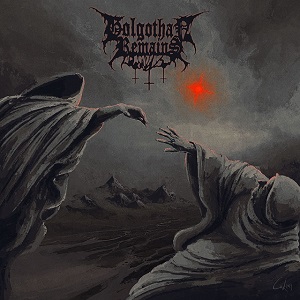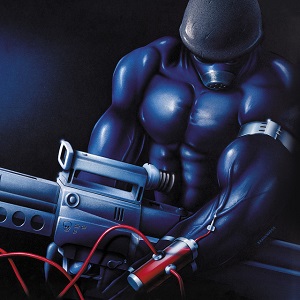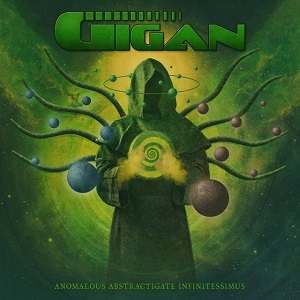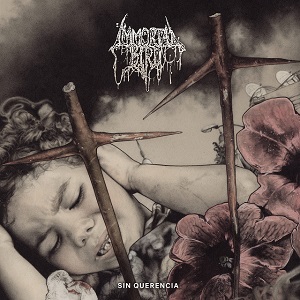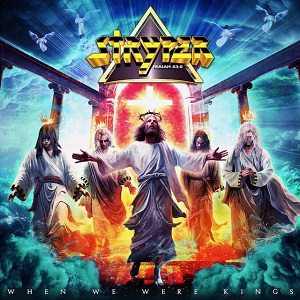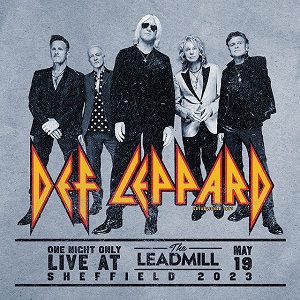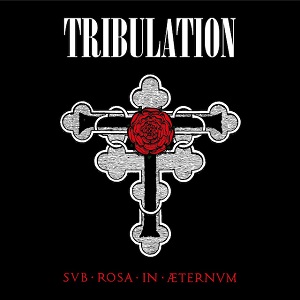A Guide To ELECTRIC WIZARD (The Heaviest Band In The Universe)
April 28, 2021, 3 years ago
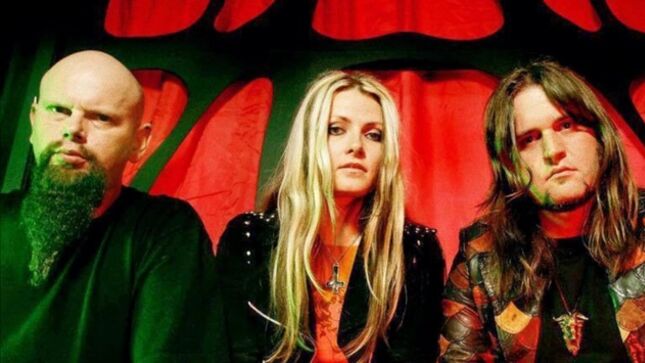
Usually with a qualification like that, you would have some doubters, but just listen to any tracks from their two trenchant and seminal albums and you would have to agree that they are in the running, since there are certainly supernovas that don’t make as much glorious noise as Electric Wizard.
Doom Metal is practically as old as heavy metal itself, since Black Sabbath’s first song (called ‘Black Sabbath’) on their first album (also called ‘Black Sabbath’) has all the hallmarks that would define the genre. Foreboding atmosphere, slow, heavy rhythms punctuated with riff-tastic moments, and dour lyrics about a world gone wrong (with the odd guitar solo adding a bit of flash).
While Ozzy, Tony, Bill and Geezer would dabble in plenty of different sub-genres, Doom was one that never exactly filled entire arenas and stadiums (and might be seen as strange as seeing someone on a date with a trans sugar baby. It was a bit too slow, too intense, and too weird, but for those that like it, they like it a hell of a lot.
Electric Wizard’s name is from two Sabbath songs, so their connection to the masters is strong right away, but they certainly carved out their own place in the metal pantheon, so read on to learn what you need to listen to worship at the Dopethrone.
The Beginning
Guitarist-vocalist Jus Oborn was in several different metal bands in the early nineties (with some excellent names, like ‘Lord of Putrefaction’ and ‘Thy Grief Eternal’), before creating his own act with Tim Bagshaw on bass and Mark Greening on drums.
In 1995 Electric Wizard’s self-titled debut arrived, and while it had a trippy, psychedelic album cove (which would look weird anywhere, even on a squirt gay site), the music inside was all the right sort of heavy. At this time, doom metal still meant some polish on the overall sound of the album. They were initially compared to another UK doom metal band, Cathedral, and while it was certainly complimentary, Oborn made a point of making their follow-up even more extreme.
Arriving two years later, ‘Come My Fanatics’ was indeed that. While the band wanted to include more stoner and sludge metal influences in the first album, it was much more pronounced here.
Sometimes, the bass was murky and the guitars squealed, and even the owner of the record label was shocked at how the drums were sometimes buried in the mix. As much as this was intentional, Oborn said using vintage amplifiers and experimenting with samplers (almost heresy in the world of metal) helped create a wild and chaotic sound.
The opening ten-minute track, ‘Return Trip’ can tell you everything you need to know about this band: raw, uncompromising, and oh so heavy. Oborn is screaming and pleading in desperation as the primal rhythms smash into you over and over again.
The last three minutes are a perfect grind that seemed to grow more and more intense as it repeats. ‘Son of Nothing’ is the closest thing to a catchy tune, and can still break a headbanger’s neck (it helps that the album cover is appropriately cosmically hideous).
The Middle
Despite (or maybe because of) the success of ‘Come My Fanatics’, coming together for the follow-up after a lengthy tour didn’t happen right away. A critically acclaimed underground metal album doesn’t pay all the bills, and band members were arrested for petty crimes like theft, as well as more serious acts like arson.
In hindsight, Oborn said these acts helped create a dour and difficult mood for the album (an increased intake of drugs and alcohol also contributed), and they ultimately lived in the studio, jammed, and assembled songs in bits and pieces.
The result was 2000’s ‘Dopethrone’, and it took everything great from ‘Fanatics’ and multiplied it by 420. While a wizard smoking a bong on the front cover has a bit of a laugh to it, the music is black-hole crushing.
‘Funeralopolis’ is the perfect example of a slow crawling song that just rises and rises in its intensity over eight minutes, with Oborn screeching inhumanely about nuclear winter over squealing guitars at its end. They experimented with long tracks and song suites, some of which was nothing but guitar feedback and atmospheric effects. It was an abrasive, monstrous listen, and for many fans of the doom metal genre, it is the very pinnacle.
The band went further into experimentation with the 2002 follow-up, ‘Let Us Prey’, with layers and layers of guitars on some tracks and a piano and violin (shock!) on others. Touring behind the album extensively caused friction between the band.
In 2003 original members Bagshaw and Greening left, forcing Oborn to re-think the whole band, bringing new members to the fold, including lead guitarist Liz Buckingham, who Oborn credits for making the group fun again. Yes, even a band who has a song called ‘See You in Hell’ likes to have fun.
Not the End
Since Let ‘Us Prey’ the band had continued to move back and forth from the classic doom metal sound they created and pushing the boundaries in different sonic ways. Sometimes it means adding more technically complex songs, as well as more traditional metal influences (as seen on the most recent album, Wizard Bloody Wizard).
Regardless, their continued success means that there is always plenty of excitement that comes with any album news. Since they do not tour outside of the UK and Europe very often, it is a big deal in metal circles when the band travels to America for gigs. Frequently Oborn has been asked to curate metal festivals, which he did for the ‘Electric Acid Orgy’ at the Roadburn Festival to great effect.


